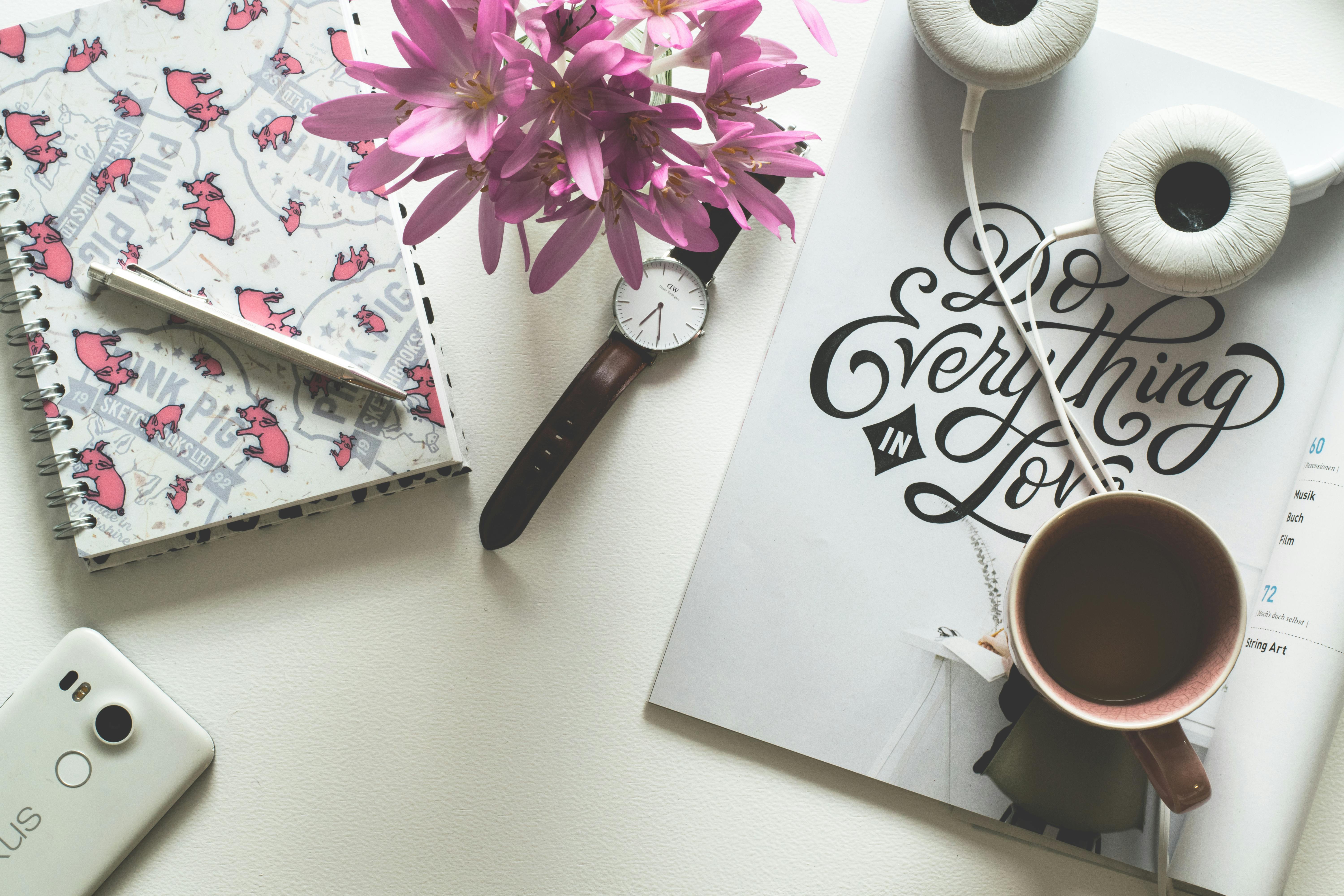Picture this: you're getting ready for a night out, and you've got that perfect outfit laid out. But then you stare at your jewelry box like it's some unsolvable puzzle 🤔 Sound familiar? I used to think layering accessories was this mysterious art form that only celebrities and their army of stylists could master. Turns out, I was totally overthinking it.
Here's the thing - those red carpet looks that make us go "wow" aren't actually that complicated. The secret isn't having a million pieces or spending your entire paycheck at fancy boutiques. It's about understanding a few key principles that stylists use to create those effortlessly chic, put-together looks we all crave.
And btw, this isn't just about looking good for others. When you nail that perfect accessory combination, there's this incredible confidence boost that radiates from within. It's like wearing your personality on the outside, and honestly? That energy is magnetic.
The Foundation Rule Every Stylist Swears By
Let's start with what I call the "anchor piece" principle. Every killer accessory look starts with one statement piece that sets the tone for everything else. Think of it as your North Star - everything else you add should complement, not compete with, this main character.
Maybe it's those chunky gold hoops you splurged on last month, or that vintage pendant necklace you inherited from your grandmother. Whatever it is, choose it first, then build around it. This prevents that "I'm wearing everything I own" situation we've all been guilty of.
Professional stylists actually use a 60-30-10 rule when layering accessories. Sixty percent of your look should be neutral or complementary pieces, thirty percent should be your supporting players, and ten percent should be that one bold statement that makes people remember you.
Mastering the Art of Necklace Layering
Necklace layering is where most people either nail it or completely crash and burn. The trick? It's all about creating visual rhythm through varying lengths and weights.
Start with your shortest piece - maybe a delicate choker or a simple chain that sits at your collarbone. Then add your medium-length piece, something that hits around your upper chest. Finally, if you're going for three layers (which is usually the sweet spot), add a longer piece that falls somewhere between your chest and your waist.
But here's what changed everything for me: mixing textures and materials. Don't just stick to all gold or all silver. A delicate gold chain paired with a chunky silver pendant? *Chef's kiss*. It adds depth and keeps things interesting without looking chaotic.
Pro tip I learned from watching behind-the-scenes styling videos: always put your necklaces on in order from longest to shortest. It prevents tangling and makes the whole process so much smoother.
Ring Stacking That Actually Makes Sense
Ring stacking used to intimidate me because I thought you needed perfectly matching sets. Ngl, I was so wrong about this. The most interesting ring combinations happen when you mix different metals, stones, and band widths.
The key is creating balance across both hands, not just loading up one finger. Think of your hands as a canvas - you want visual weight distributed in a way that feels intentional, not accidental.
Start with your statement rings first. These are your chunky pieces, your colored stones, your conversation starters. Place these on your middle or index fingers where they'll get the most attention. Then fill in with thinner bands, delicate stackers, and simple metal pieces.
One rule I never break: leave some breathing room. Not every finger needs a ring, and not every ring needs five companions. Sometimes a single, gorgeous piece on an otherwise bare hand is the most elegant choice you can make.
Earring Combinations That Turn Heads
If you've got multiple piercings, you're sitting on a goldmine of styling opportunities. The trick is treating your ear like a little gallery wall - you want cohesion, but not uniformity.
Mix sizes strategically. Pair a larger statement earring in your lobe with smaller, delicate pieces higher up. Or try asymmetrical combinations - maybe studs on one side and a dramatic drop earring on the other. It's unexpected and totally modern.
Texture mixing works beautifully here too. Combine smooth metals with textured pieces, or mix matte finishes with shiny ones. The contrast creates visual interest without requiring a ton of different pieces.
The Bracelet Game: Wrist Candy Done Right
Bracelet layering is probably the most forgiving type of accessory stacking, but there are still some guidelines that'll take your wrist game from amateur to A-list.
Vary your chain weights and styles. Mix a chunky chain bracelet with delicate beaded pieces, or combine a structured bangle with flowing chains. The interplay between structured and fluid creates that effortless, expensive-looking vibe.
Pay attention to your wrist size when deciding how many pieces to layer. Smaller wrists look best with 2-3 carefully chosen pieces, while larger wrists can handle more volume without looking overwhelming.
And here's something I wish someone had told me earlier: consider your daily activities. If you're typing all day or working with your hands, maybe save the elaborate bracelet stacks for evenings and weekends.
Color Coordination Without Being Boring
Tbh, the old rule about not mixing metals is basically dead. Modern styling is all about intentional mixing, but there's definitely a right way to do it.
The easiest approach? Pick one metal as your dominant tone and use the other as an accent. Maybe 70% gold pieces with a few strategic silver elements, or vice versa. This creates cohesion while keeping things visually interesting.
When incorporating colored stones or materials, think about your outfit's color palette. You don't need to match exactly, but there should be some connection. If you're wearing warm tones, lean toward gold metals and warm-toned stones. Cool outfit colors pair beautifully with silver metals and cool-toned gems.
Avoiding the Accessory Overload Trap
Here's where a lot of people go wrong - they think more automatically equals better. But honestly? Sometimes the most impactful looks are the most edited ones.
I use what I call the "mirror test." Put on all your accessories, then step back and look at yourself in a full-length mirror. What do you notice first? If it's the accessories rather than you wearing them, it might be time to edit down.
Another reality check: can you move comfortably? If your jewelry is clinking, catching on things, or making you hyperaware of every movement, you've probably crossed into "too much" territory.
Celebrity stylists often work with the "take one thing off" rule. Once they think a look is complete, they remove one element. It's that final edit that often makes the difference between looking styled and looking overdone.
Building Your Layering Toolkit
You don't need a massive collection to create stunning layered looks. Focus on building a solid foundation of versatile pieces that work well together and with multiple outfits.
Invest in quality basics first: a few simple chains in different lengths, some classic hoops in varying sizes, a selection of thin and thick bangles, and a mix of delicate and statement rings. These workhorses will be the backbone of countless combinations.
Then gradually add personality pieces - the unique vintage finds, the colorful statement earrings, the conversation-starting necklaces. These are what make your style distinctly yours.
Frequently Asked Questions
How many accessories is too many for everyday wear?
There's no magic number, but I've found that 3-5 total pieces usually hits that sweet spot between polished and overdone. This might be a layered necklace (counting as one), earrings, a ring or two, and maybe a bracelet. The key is ensuring each piece has space to breathe and contribute to the overall look.
Can you mix gold and silver accessories successfully?
Absolutely! The key is making it look intentional rather than accidental. Choose one metal as your dominant tone (about 70% of your pieces) and use the other as an accent. Or look for pieces that already combine both metals, which can help bridge the gap between your different pieces.
What's the best way to store layered jewelry to prevent tangling?
Hang necklaces individually on hooks or a jewelry tree, and store them by length. For travel, I swear by using drinking straws - thread delicate chains through them to prevent tangling. Keep rings in compartmented trays, and store bracelets on a bracelet bar or in individual pouches.
How do you choose accessories for different necklines?
Work with your neckline, not against it. V-necks pair beautifully with layered necklaces that follow the neckline's shape. High necklines look great with statement earrings and skip the necklace entirely. Off-shoulder tops are perfect for showing off delicate layered chains and bold earrings.
Should accessories match your outfit exactly?
Not necessarily! Perfect matching can actually look a bit dated. Instead, aim for complementary tones and styles. Your accessories should enhance your outfit and reflect your personal style, not disappear into it. A little contrast often creates more visual interest than perfect coordination.
Final Thoughts
Look, mastering the art of layering accessories isn't about following rigid rules or copying someone else's style exactly. It's about understanding the basic principles and then making them work for your lifestyle, your personality, and your budget.
The most important thing I've learned? Confidence is your best accessory. When you feel good in what you're wearing, it shows. Start with pieces you genuinely love, experiment with combinations that make you smile, and don't be afraid to break a few "rules" along the way.
Remember, even A-list stylists had to start somewhere. They didn't wake up one day knowing exactly how to create those red-carpet moments we all admire. They practiced, they experimented, and yes, they probably had some fashion disasters along the way too.
So go ahead, play with that jewelry box. Mix those metals, stack those rings, layer those necklaces. The worst thing that can happen? You'll learn what doesn't work for you. And honestly, that's just as valuable as discovering what does ✨




